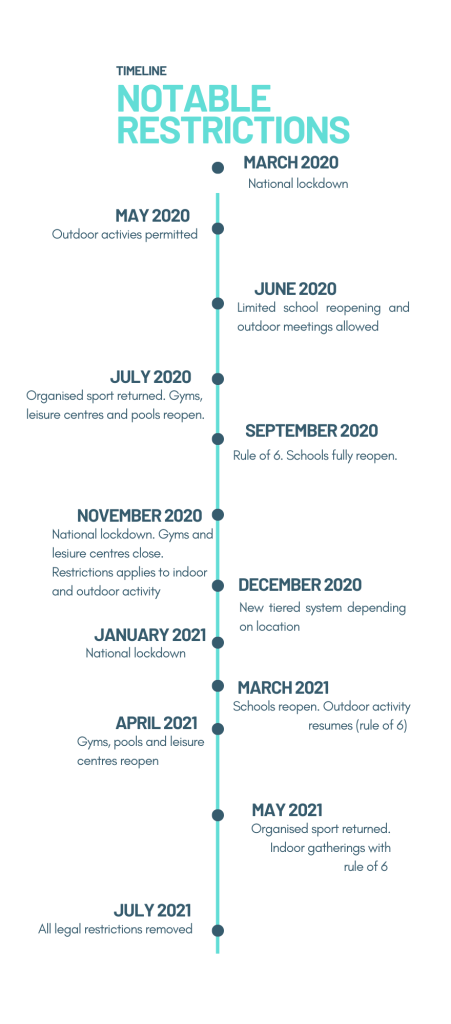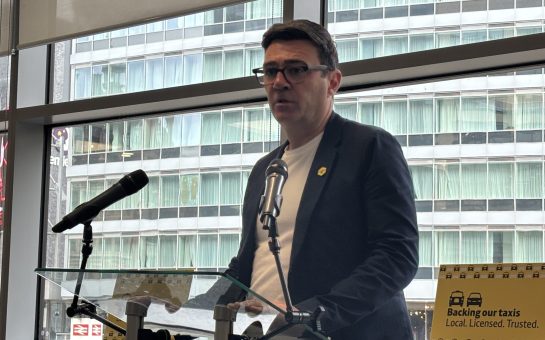A significant increase in inactivity across Greater Manchester means roughly 48,300 fewer adults in the region are considered active.
There has been a drop in people doing more than 30 minutes of physical activity a week compared to 12 months ago.
This is an increase of inactivity by 4% since the last pre-pandemic survey conducted by Sports England in late 2019.
In the latest survey published, it was found that only 63.4% of children in Greater Manchester are currently living active or fairly active lifestyles.
This is relatively low compared to the national rate of 67.6%.
Less than half of children in the region, 41.6%, are meeting official NHS activity guidelines.
They should be doing an average of 60 minutes a day of moderate or vigorous physical activity.
NHS physical activity guidelines for adults aged 19-64 recommend at least 150 minutes of vigorous intensity activity a week.
Nationally, 27.5% of adults are classed as inactive, meaning they do less than an average 30 minutes of physical activity a week.
This highlighted a combined drop of 2.4%, or 1.4 million people across England, since the last full pre-pandemic data.
Drops in activity levels were smaller in magnitude over the summer of 2020 as restrictions were lifted.
However, they increased again as England went into two more national lockdowns in November 2020 and January 2021.

Three national lockdowns and changing tiers between March 2020-July 2021 saw the closure of gyms, leisure centres and pools.
The closure of schools and restrictions on both indoor and outdoor activity also had an impact on many people.
Additional lockdowns in Greater Manchester meant the region was worse affected by restrictions.
This severely impacted many peoples’ ability to regularly workout or find the motivation to keep moving.
In an introduction to the 2020/21 survey, Lisa O’Keefe, insight director of Sports England said:
“Despite the huge effort from activity providers to adapt throughout the year, and continued efforts by the population to remain active, the disruption has had a significant impact upon not only our activity levels but also the number of activities we take part in.
“In addition, there’s clear evidence of a significant impact on perceived opportunities to be active, our feelings of capability and enjoyment levels.
“These are all key to building sustained habits and recovery may take some time.”
Both nationally and regionally, lower inactivity levels are worrying.
Research conducted last year found that inactive people are 2.49 times more likely to die from Covid-19.
Even in normal times, long-term inactivity is blamed for one-in-six deaths in the UK. With more people working at home than ever before, this statistic could become even higher.
It could be several decades before the effects of this, such as heart disease, diabetes and cancer, show themselves
Research has also repeatedly shown that exercise can reduce the effects of mental health issues such as depression, anxiety and stress through the release of endorphins.
MM spoke to regular gym-goers last year about their struggles during gym closures.



